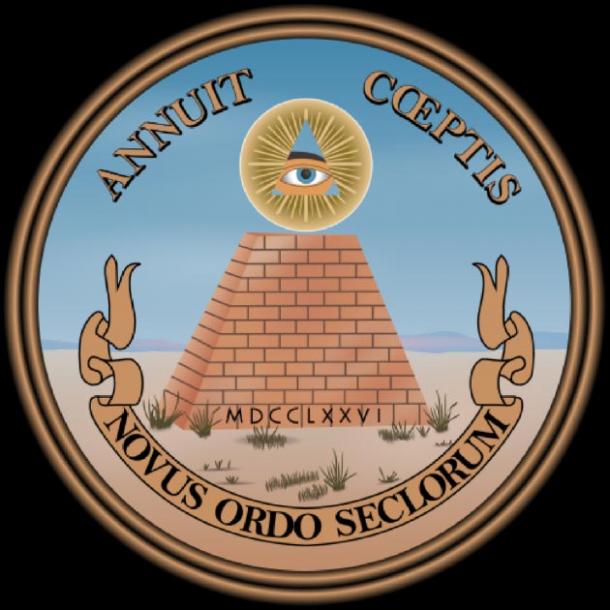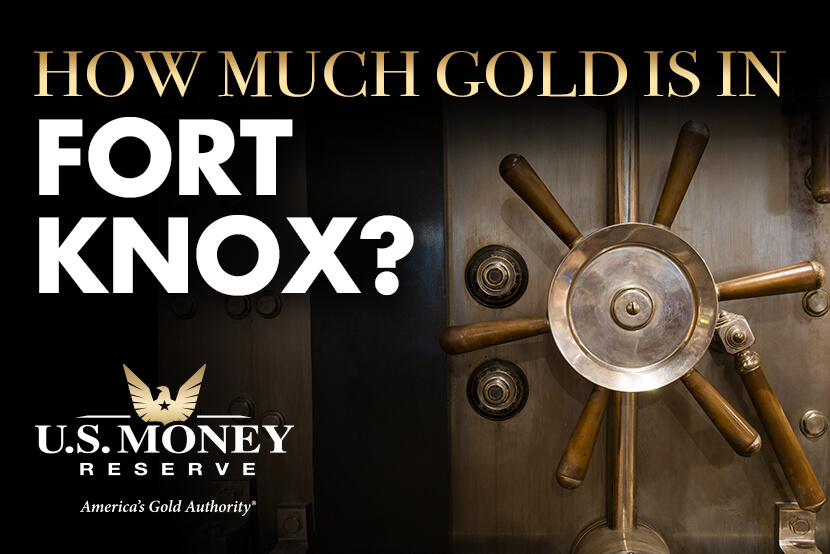 |
| U.S. $20 bills are seen in the cash drawer of a bakery shop in Caracas, Venezuela on June 26, 2019. Venezuelans have turned to the U.S. dollar to pay for everyday purchases since their own currency, the bolivar, has devalued by 95 percent. |
Why Is the U.S. Dollar the World's Currency?
BY
DAVE ROOS
When economic times are uncertain, people
want to put their money in something solid.
That helps explain why 80 percent of all $100
bills in circulation are now held outside of the United States. (That's up from
only 30 percent back in 1980.)
The steep rise in the number of $100 bills
held overseas — close to two C-notes for every person on the planet — is a
signal that people around the world recognize the dollar as the de facto global
currency.
They have confidence that if their local
currency goes belly up, the dollar will hold steady.
It's not only individuals that are stuffing
$100 bills under their mattresses for a rainy day — it's foreign governments,
too.
Governments don't stockpile physical dollars
in their central banks, but they do buy up loads of U.S. Treasury Bonds and
T-Bills, which are valued in dollars.
As of January 2020, Japan and China each
owned more than $1 trillion in U.S. Treasury securities followed by the United
Kingdom ($372 billion) and Brazil ($283 billion).
According to the International Monetary Fund,
more than 61 percent of the world's cash reserves are held in dollars. The euro
is in second place at 20 percent.
When even an economic powerhouse like China
holds a trillion U.S. dollars in reserve, that's a good sign that the dollar is
still considered the "mightiest" of the global currencies.
The dollar wasn't always the world's de facto
currency, though. So, what changed?
A Little Currency History
Before World War II, all global currencies
were backed by gold and each government guaranteed that its money was good for
a certain amount of gold.
Then came the Bretton Woods agreement of
1944, which created the World Bank and the International Monetary Fund, and
also established the U.S. dollar as the new gold. (The U.S. held most of the
world's gold supply.)
The dollar continued to dominate during the
post-WWII boom years.
Jonathan David Kirshner, a professor of
political science and international studies at Boston College, says that the
rise of the "dollar order" was built on four pillars: the robustness
of the U.S. economy, the widespread belief in the American model of finance,
the wealth of U.S. financial institutions and America's leading role in
international affairs.
"Most of the
world's monetary relations were orchestrated between the U.S. and its political
allies and military dependencies," says Kirshner, who co-edited a book on
"The Future of the Dollar." "It was natural to be conducted
in dollars."
The Bretton Woods fixed exchange rate scheme
collapsed in the 1970s, when Richard Nixon took the dollar off the gold
standard during a period of domestic inflation, and many industrialized
economies chose to "float" their currencies on the open market.
At that time, some economists began to
predict the downfall of the dollar. Not that it would lose value, but that it
would lose its dominance as the world's de facto currency.
'If Not the Dollar, Then What?'
Over the decades, most of those
"pillars" that made the dollar king of the postwar economy have been
toppled, says Kirshner.
Recessions, stock market bubbles and the
global financial crisis have revealed cracks in the American financial model,
and the U.S. has lost some of its political dominance, with many governments
and corporations choosing to do business with China or Europe instead.
Yet the numbers show that the dollar is still
the currency that nations and individuals turn to as a "safe harbor"
in economic storms. But why?
"The ultimate
reason is a simple one," says Kirshner, "the lack of a
plausible alternative. If not the dollar, then what?"
There have been periodic calls to shift more
reserve holdings to the euro, the Chinese RMB or even back to gold, but the
dollar still reigns supreme.
When countries shop for a reserve currency
that's stable, secure and liquid (easy to convert back to local money), the
dollar is still the default.
In fact, some countries such as Panama and El
Salvador use the U.S. dollar as their legal tender.
The U.S. government doesn't have to give
approval for another country to use the dollar as its official currency.
What About a One World Currency?
Not gonna happen, Kirshner says.
The first reason is political. There is
simply no political will to have one world government or one world currency.
The second reason we won't see an "Earth
dollar" (or the whole world using the U.S. dollar for their official
currency) any time soon has to do with an economic theory called "optimal
currency area" that states that a single currency only operates
efficiently over a relatively small geographic area — the size of a country,
for example, not a continent.
That's because different regions might be
experiencing very different economic conditions at the same time. One country
might be in recession, for example, while another is booming.
"If you only
have one money in the whole world, then you only have one monetary authority,
which means you only have one monetary policy," says Kirshner.
"In reality,
different regions or countries would need monetary policies more tailored to
their individual needs."
That's one of the reasons why the euro hasn't
supplanted the dollar as the global currency.
The eurozone itself is not an optimal
currency area, says Kirschner, which means that EU authorities have to enact
monetary policies that somehow serve economies in very different financial
conditions, like Germany and Greece.
Events like the eurozone debt crisis further
eroded faith in the euro as the next default currency.
NOW THAT'S INTERESTING
Criminal networks and corrupt officials
routinely deal in $100 bills because they're untraceable, which led former U.S.
Treasury Secretary Larry Summers to recommend taking all large bills out of
circulation.
Dave Roos
Dave Roos
CONTRIBUTING
WRITER
Dave
is a freelance journalist who has contributed hundreds of articles to
HowStuffWorks since 2007, with a specialty in personal finance, economics and
business. Raised in Pittsburgh, Pennsylvania, he attended Duke University where
he earned the B.A. in comparative religious studies that has served him so
well.
Dave
began freelancing when he and his wife moved to Mexico in 2003, publishing
articles about Mexican food and culture in The New York Times, the Los Angeles
Times and Newsweek. Nearly 15 years and three kids later, Dave and his family
recently moved back to Mexico and just might stay a while.
https://money.howstuffworks.com/us-dollar-worlds-currency.htm

You might also like:
God’s Economic System

CLICK HERE . . . to view . . .
................................................................................................................
Economic Collapse

CLICK HERE . . . to view . . .
................................................................................................................
CLICK HERE . . . to view . . .
................................................................................................................
CLICK HERE . . . to view . . .
................................................................................................................
CLICK HERE . . . to view . . .




:max_bytes(150000):strip_icc():format(webp)/145158250-56a27dbb5f9b58b7d0cb440b.jpg)
No comments:
Post a Comment